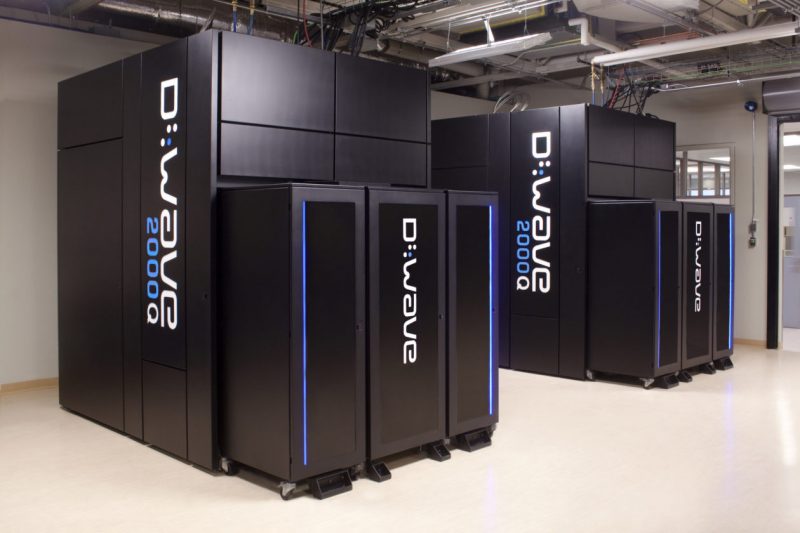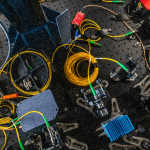D-Wave Sees New Coherence Times with Fluxonium Qubits

As quantum computing start-ups are researching the various types of qubits, quantum computing company D-Wave Quantum Inc. has recently announced new results of longer coherence times using a fluxonium qubit. This development marks a crucial point in the company’s quest to make quantum computers more stable and practical for various applications.
Fluxonium qubits, a relatively recent addition to the quantum computing toolbox, have garnered attention for their potential to overcome some of the challenges posed by traditional qubits. Unlike other qubits, which are susceptible to external noise and have relatively short coherence times, fluxonium qubits offer a unique advantage: being highly resilient to environmental disturbances. This makes them a promising candidate for creating more robust, error-resistant quantum computers.
Fluxonium qubits are among the many qubit types out there, as others include neutral atoms, trapped ions, cat qubits, and more. All of these qubits work to harness various quantum phenomena, such as superposition and entanglement, to perform various calculations requested by a quantum computer.
Improving Fluxonium Qubit Coherence Times
One of the most significant hurdles in building quantum computers is maintaining the quantum state, or coherence, of the qubits. The coherence time is a critical factor in quantum computing. Longer coherence times allow for more complex calculations and fewer errors in quantum computations.
Now, D-Wave has achieved an impressive advancement in fluxonium qubit coherence times. Through meticulous research and experimentation, their team has extended the coherence times well beyond what was previously thought possible. While specific details of their techniques remain closely guarded, the recent press release did mention that their results found: “measured coherence properties, with relaxation times in excess of 100 microseconds, are comparable to the current state-of-the-art for such qubits.”
“These results show that fluxonium is a viable candidate qubit for D-Wave’s gate model quantum computing architectures. Moreover, in doing this work we have learned that fluxonium can address some of the known shortcomings of competing superconducting gate model qubits,” said Mark Johnson, SVP of quantum technologies and systems products at D-Wave in the press release. “We believe this will have a significant impact on D-Wave’s hardware development and reinforces our technical leadership by demonstrating that we can design, manufacture, and operate high-coherence fluxonium qubits that are comparable to the best in the world.”
D-Wave’s recent advancement in coherence times with fluxonium qubits is a testament to the rapid progress in quantum computing. While many challenges exist before quantum computers become ubiquitous, these new results bring the industry one step closer to realizing their full potential. As quantum technology continues to evolve, the future of computing looks increasingly quantum-powered, and startups like D-Wave are leading the way.
Kenna Hughes-Castleberry is a staff writer at Inside Quantum Technology and the Science Communicator at JILA (a partnership between the University of Colorado Boulder and NIST). Her writing beats include deep tech, quantum computing, and AI. Her work has been featured in Scientific American, New Scientist, Discover Magazine, Ars Technica, and more.



















